How to properly grow a Stan Leigh tomato?
Large tomato unusual shape is the main feature of the Sten Lei variety. Moreover, these tomatoes are very juicy and delicious. The variety has a number of indisputable advantages over other tomatoes, it is suitable for obtaining tomato juice and cooking vegetable dishes.
Content:
- Description and advantages of the variety
- Growing and caring for seedlings
- Terms and rules for transplanting seedlings into the ground
- How to properly care for tomatoes?
- Possible growing problems
Description and advantages of the variety
The Sten Lay tomato variety originated in the United States. It is distinguished by its high yield - with proper care, you can get up to 4 kg of fruits from one plant. The resulting fruits are large, weighing up to 800g, they have a flattened shape - in contrast to the usual round tomatoes. The division into lobules is noticeable.
The color of the fruits is yellow-orange, if you cut them, you will see a two-colored pulp (this group of varieties is called bicolors).
This variety belongs to indeterminate, i.e. the height of the bush is not limited and can reach 1.5-2m. This is achieved due to additional shoots (stepchildren) appearing on the top of the bush, which continue the growth of the main plant. By the time of ripening, the variety is mid-season, i.e. it ripens within 111-115 days from the moment of planting in the soil.
This variety has an excellent taste - it is sweet and juicy, suitable for fresh consumption, making salads. You can also make juice from it - there will be a lot of it, and it will be delicious. And for pickling and vegetable soups, it is better to choose a different variety.
Benefits of the Sten Lei variety:
- Relatively fast ripening (late August - early September) makes it possible to grow tomatoes before frost.
- Stealing is required to a limited extent.
- Delicious large fruits.
- High productivity.
Among the shortcomings, one can indicate the thermophilicity of the variety - in the spring, during planting, frosts can destroy it, so it is advisable to plant it in a greenhouse. Also, this variety is sensitive to watering conditions - it needs to be looked after, and very carefully, only then will it bear fruit.
Growing and caring for seedlings
Before sowing seedlings, you need to attend to a suitable container. These should be special containers - cassettes for seedlings, cups for seedlings, and others. The container must have a drainage hole in the bottom - it ensures the outflow of water and the flow of air. It is imperative to disinfect the container, as the seeds are very susceptible to infections.
For sowing, a universal substrate from a store or a self-prepared mixture of sand and peat in equal parts is suitable.
It is placed in a container for seedlings, thoroughly moistened. The amount of soil for each seed is 1 seedling cassette or 2 seeds per plastic cup. Before sowing, the seeds are heated for 3-4 days, the temperature should be 30-50 C, then they are soaked for half an hour in potassium permanganate solution... After completing all these manipulations, they are placed in the ground and covered with a thin plastic wrap or vermiculite (it is removed after the first shoots appear).
Temperature conditions are important for seedlings.After the seedlings get stronger (for 3-4 days of their life), the ambient temperature should be maintained no higher than +15 C, at night a decrease to +10 C is permissible. This will allow the seedlings to harden and not die after transplanting into open ground. If you plan to plant in a greenhouse, then hardening the seedlings is not necessary. You need to water with a stream from a spray bottle.
Seedlings are grown at home for about 20-30 days, i.e. about a quarter of the ripening time. It can then be transplanted into open ground or a greenhouse. It is possible to buy already grown seedlings, but this should be done only from trusted suppliers who grow tomatoes correctly. The variety is quite rare, and requires careful handling in order to get friendly shoots.
Terms and rules for transplanting seedlings into the ground
The plant is transplanted into the ground only after the termination of spring frosts. Transplanting times depend on the region where the tomatoes are grown. For central Russia this is the end of May, for Siberia - early June, in the southern regions it is possible to land in mid-May. It is advisable to plant the plant in a film shelter or greenhouse, especially when it comes to regions with capricious weather.
Landing features:
- Before planting, you need to prepare the soil - apply fertilizers (organic, may fit compost, manure or bird droppingsas well as phosphates).
- If the soil is acidic, it must be treated with lime. All these actions need to be done in the fall in order to plant tomatoes in the spring. Immediately before planting tomatoes, you need to dig up the soil and apply phosphate, potash and nitrogen fertilizers.
- Tomatoes should be planted in rows, the distance between plants is about 30 cm.Despite the fact that the Wall Lei bushes are not branchy and do not take up much space, it is important to keep the distance - the amount of resources in the soil is limited, and the area required for a plant to live is also.
- Before planting, you need to prepare holes in the soil, and pour at least 1 liter of water into each of them.
- In seedlings, it is necessary to cut off the lower leaves, and deepen it into the soil to the middle of the stem - this will make it more stable.
- If planted in open ground, then you should choose the southern and southwestern parts of the site, in the greenhouse it is permissible to plant on the east side. It is desirable to apply artificial lighting.
How to properly care for tomatoes?
In order for the tomatoes to be healthy and grow well, it is necessary to regularly loosen the soil. This should be done once every two weeks, in extreme cases, you can increase the break to 3 weeks, but no more. Twice a season you need spud tomatoes - this is necessary for the formation of new roots. They need to be watered every 2-3 days, so you should install automatic wateringif it is not possible to water them manually. An important element of care is fertilizing with mineral fertilizers, which must be applied once a month. Depending on the characteristics of the soil, the timing of the necessary manipulations may vary.
Despite the high height of the bush, its stem is rather fragile, so it should be tied to stakes or a stretched rope.
You should also watch out for additional shoots - stepchildren. They should be removed in a timely manner, leaving only one stepson closest to the top. This will allow you to get a good harvest of large tomatoes.
Tomatoes can suffer from a number of diseases and pests, so you should carefully monitor their condition, and inspect their stems, leaves, flowers and fruits on every trip to the country in order to detect the disease in time. It is also important to watch for signs of deficiency of certain substances in soil and water.
When harvesting tomatoes, it is important to remember that you need to pick not bright orange fruits, but brownish yellow ones. Then they are left to ripen in a warm room. Such a measure avoids spoilage and rotting of freshly picked tomatoes.
Possible growing problems
Among tomato diseases, the most common late blight... This is a fungal disease that most often affects plants in August before harvesting. Symptoms of late blight are dark spots on the leaves and stems that quickly increase in size. A fluffy white coating appears on the underside of the leaves, indicating the fungal nature of the disease. The plant becomes more lethargic, grows slowly and loses its stability despite being tied up.
The disease also affects the fruits - they become covered with dark spots and quickly rot. The disease manifests itself unevenly in neighboring plants, and can also occur after the tomatoes have been harvested. Tomatoes affected by late blight are inedible.
Used for treatment fungicides - antifungal agents.
There are other diseases of tomatoes - top rot, stolbur, streak and others. These diseases can kill plants and make their fruits inedible. Tomato pests - wireworms, whitefly, scoops and others caterpillars and worms. To deal with them, pesticides are used and insecticides.
More information can be found in the video:



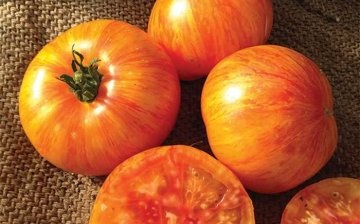
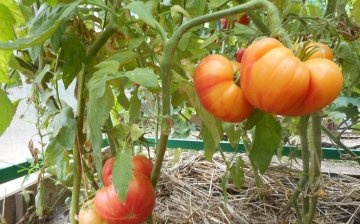
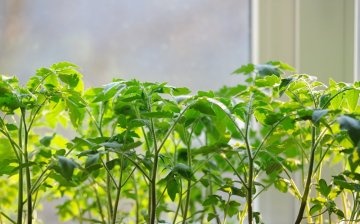
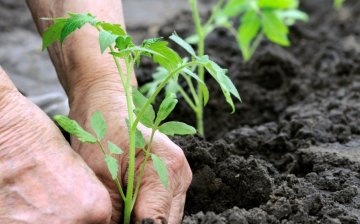
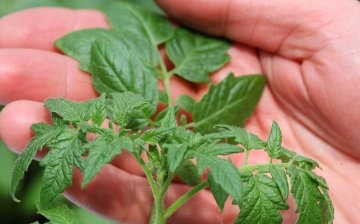
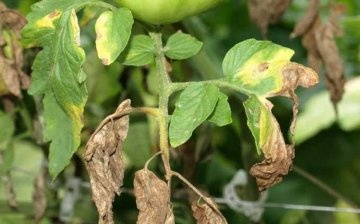






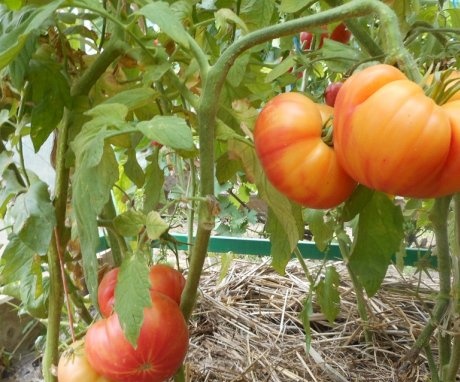
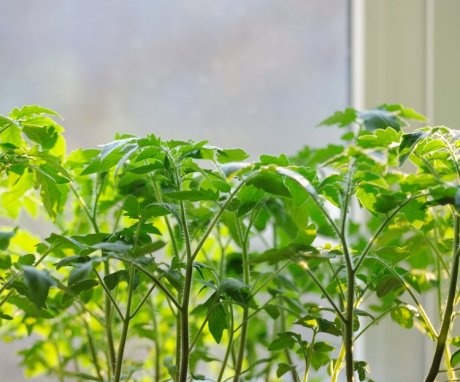
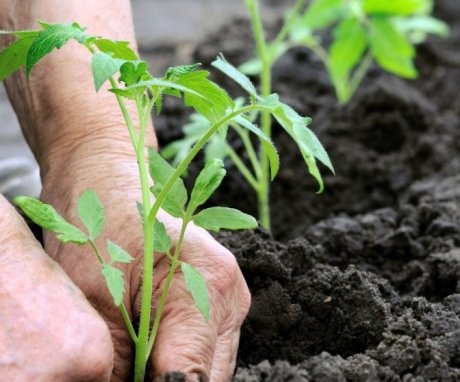
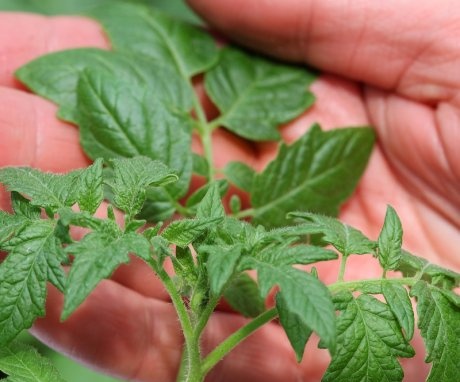
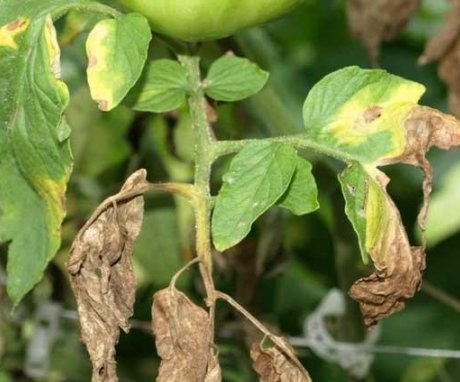
I have never loosened the soil around tomatoes and huddled them. In addition, I water them twice a week so that the roots form well. I have never had such a variety in my garden. I will try to buy seeds next year, we have a mild climate and the seedlings will not freeze.